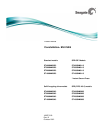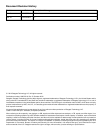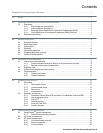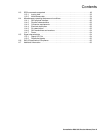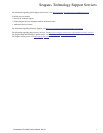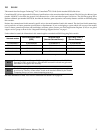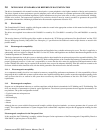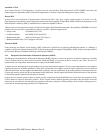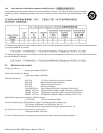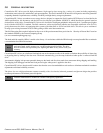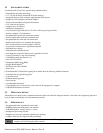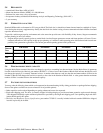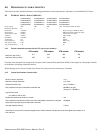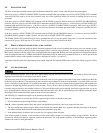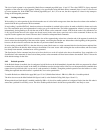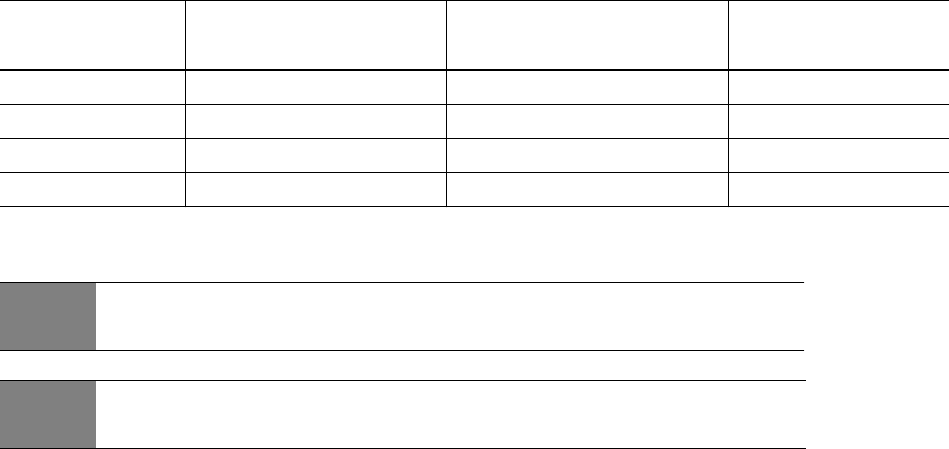
CONSTELLATION ES.3 SAS PRODUCT MANUAL, REV. B 2
1.0 SCOPE
This manual describes Seagate Technology
®
LLC, Constellation
®
ES.3 SAS (Serial Attached SCSI) disk drives.
Constellation ES.3 drives support the SAS Protocol specifications to the extent described in this manual. The SAS Interface Manual (part
number 100293071) describes the general SAS characteristics of this and other Seagate SAS drives. The Self-Encrypting Drive
Reference Manual, part number 100515636, describes the interface, general operation, and security features available on Self-Encrypting
Drive models.
Product data communicated in this manual is specific only to the model numbers listed in this manual. The data listed in this manual may
not be predictive of future generation specifications or requirements. If you are designing a system which will use one of the models
listed or future generation products and need further assistance, please contact your Field Applications Engineer (FAE) or our global
support services group as shown in See “Seagate® Technology Support Services” on page 1.
Unless otherwise stated, the information in this manual applies to standard and Self-Encrypting Drive models.
.
For more information on FIPS 140-2 Level 2 certification see Section 7.0 on page 38.
Standard models
SELF-ENCRYPTING DRIVE
(SED)
SED-ISE D
RIVE
(INSTANT SECURE ERASE)
1
1. Specific features may not be available in all models or countries -- contact Seagate for availability.
FIPS 140-2 LEVEL 2
(REVIEW PENDING)
ST4000NM0023 ST4000NM0043 ST4000NM0113 ST4000NM0063
ST3000NM0023 ST3000NM0043 ST3000NM0113 ST3000NM0063
ST2000NM0023 ST2000NM0043 ST2000NM0113 ST2000NM0063
ST1000NM0023 ST1000NM0043 ST1000NM0113 ST1000NM0063
NOTE
Previous generations of Seagate Self-Encrypting Drive models were called Full Disk
Encryption (FDE) models before a differentiation between drive-based encryption and
other forms of encryption was necessary.
NOTE
The Self-Encrypting Drive models indicated on the cover of this product manual have
provisions for “Security of Data at Rest” based on the standards defined by the Trusted
Computing Group (see www.trustedcomputinggroup.org).



